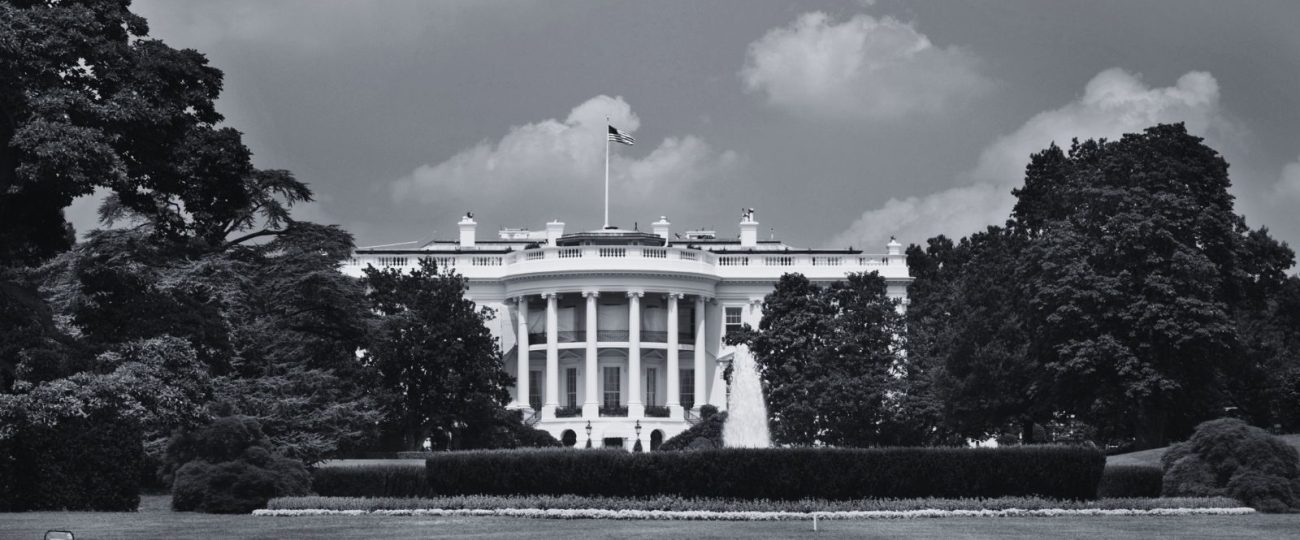What Happened On September 13th?
On September 13, 1993, the South Lawn of the White House filled with anticipation as Israeli Prime Minister Yitzhak Rabin, Palestinian Liberation Organization (PLO) Chairman Yasser Arafat, and U.S. President Bill Clinton stood before a global audience. The signing of the Oslo Accords, a peace agreement that aimed to end decades of conflict between Israelis and Palestinians, brought both hope and uncertainty. Rabin, Arafat, and Clinton faced the cameras, but the tension between them remained clear.
Rabin, a soldier turned statesman, struggled with standing beside Arafat. For years, Rabin had viewed Arafat as an enemy, the face of violence and opposition. Shaking hands with the PLO leader felt like an impossible task. As the handshake moment approached, Rabin hesitated. His discomfort was visible, but Clinton stepped forward, guiding both men closer. When Rabin finally extended his hand, the gesture was brief and stiff, reflecting the deep mistrust both men carried. Though brief, the handshake symbolized decades of war and struggle.
That morning, Israeli Foreign Minister Shimon Peres and PLO negotiator Mahmoud Abbas signed the Oslo Accords, following months of intense negotiations. The pens used for the signing, custom-made with the insignias of Israel and the PLO, reinforced the weight of the moment. Clinton made sure both sides received equal tokens, emphasizing the need for balance in the agreement.
World leaders gathered at the ceremony, including Egyptian President Hosni Mubarak and Jordanian King Hussein, both deeply involved in Middle Eastern diplomacy. King Hussein had long supported peace efforts, often acting behind the scenes to push for dialogue. His presence reinforced regional support for the agreement. However, the absence of Syria’s Hafez al-Assad reminded everyone that not all disputes had been resolved. Assad refused to attend, unwilling to negotiate while the Golan Heights issue remained unsettled.
Rabin’s reluctance to fully embrace the moment publicly came from his own experiences. After fighting in Israel’s wars, he viewed the PLO as an enemy and remained skeptical of its intentions. In the days leading up to the signing, Rabin expressed doubts about the PLO’s willingness to honor the agreement. Some reports even indicated that Rabin nearly withdrew from the deal. But with the world watching, he moved forward, understanding that inaction would likely result in continued violence.
Arafat faced his own internal challenges. Many Palestinians felt the Oslo Accords didn’t fully address key issues like the future of Jerusalem or the right of return for refugees. Despite the backlash, Arafat recognized an opportunity to achieve some degree of Palestinian self-governance. His decision to sign the agreement marked a shift in his role from revolutionary to negotiator. Arafat knew that rejecting the offer would likely lead to more conflict and less chance for peace.
The path to the White House lawn had started in secret meetings outside Oslo, Norway. Israeli and Palestinian representatives gathered there to explore what had previously seemed impossible. Norwegian diplomats Terje Rød-Larsen and Mona Juul hosted these discussions in a neutral environment, far from the media’s gaze. Israeli academics Yair Hirschfeld and Ron Pundak met with PLO officials Ahmed Qurei and Hassan Asfour in a setting that allowed for open conversations. Over shared meals, they began to break down barriers that formal diplomacy had never managed to address.
Rød-Larsen hadn’t intended to involve himself in Middle East peace talks. Initially, he had focused on studying Palestinian living conditions. But as negotiations progressed, he and Juul became critical facilitators. Their home became a place where representatives from both sides could speak candidly. The informal environment helped keep the discussions going, even when tensions rose.
In the days leading up to the signing, both sides worked frantically to finalize the agreement. Officials on both sides debated key points until the final hours, making last-minute changes as necessary. The maps included in the agreement contained minor inaccuracies due to the rushed preparation, but the significance of the signing far outweighed these details. Both sides knew the world was watching, and failure to act wasn’t an option.
Peres and Abbas played vital roles in keeping the agreement intact. Peres, known for his diplomatic skills, helped keep negotiations on track despite the challenges. His ability to navigate the complexities of the talks, along with Abbas’s negotiation efforts, ensured that the deal didn’t collapse in the final days.
King Hussein of Jordan, who had spent years supporting peace efforts in the region, maintained communication between Israel and its Arab neighbors. His calm and diplomatic approach eased tensions at critical moments, although much of his work remained behind the scenes. Hussein’s involvement added weight to the day’s events, even if his influence was largely unseen by the public.
Meanwhile, Assad’s absence underscored the unresolved tensions in the region. Syria, still bitter over the loss of the Golan Heights, refused to engage with Israel. Assad’s decision to avoid the ceremony highlighted the deep divisions that remained, even with the progress made that day.
For Rabin and Arafat, the handshake represented more than just a simple gesture. Both men had spent years leading their people through conflict and war. Now, they stood together, not as friends, but as leaders willing to take a risk for the possibility of peace. They knew the road ahead would be long and filled with obstacles, but for that brief moment on the White House lawn, they stepped into the unknown, fully aware of what failure would cost.
The Oslo Accords, forged in secret talks in Norway, represented a major risk for both sides. The negotiators had spent months locked in discussions, weathering sleepless nights and bitter arguments. Yet, on that day in Washington, their efforts culminated in a handshake, a symbol of hope for a future that had once seemed impossible.





